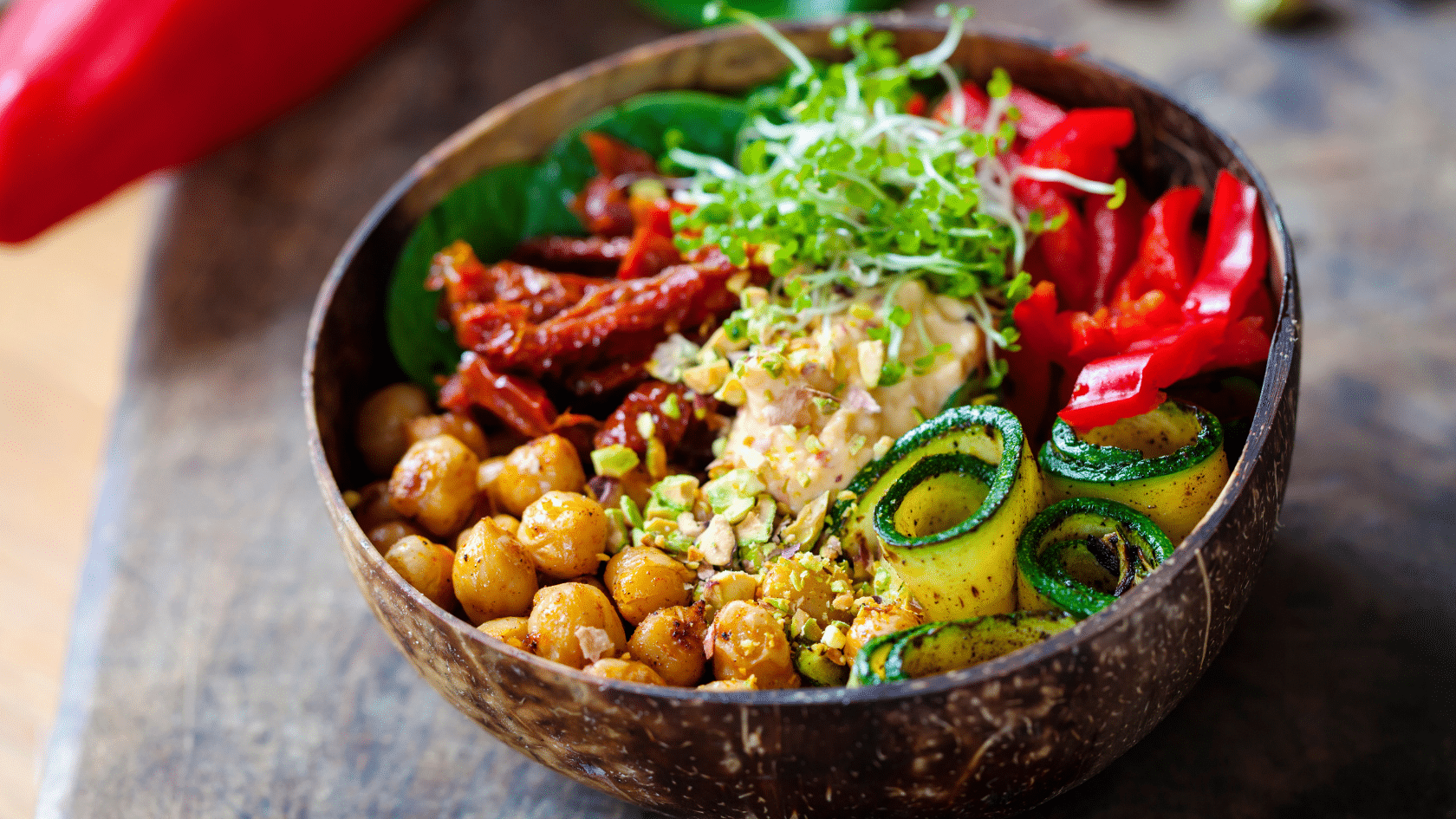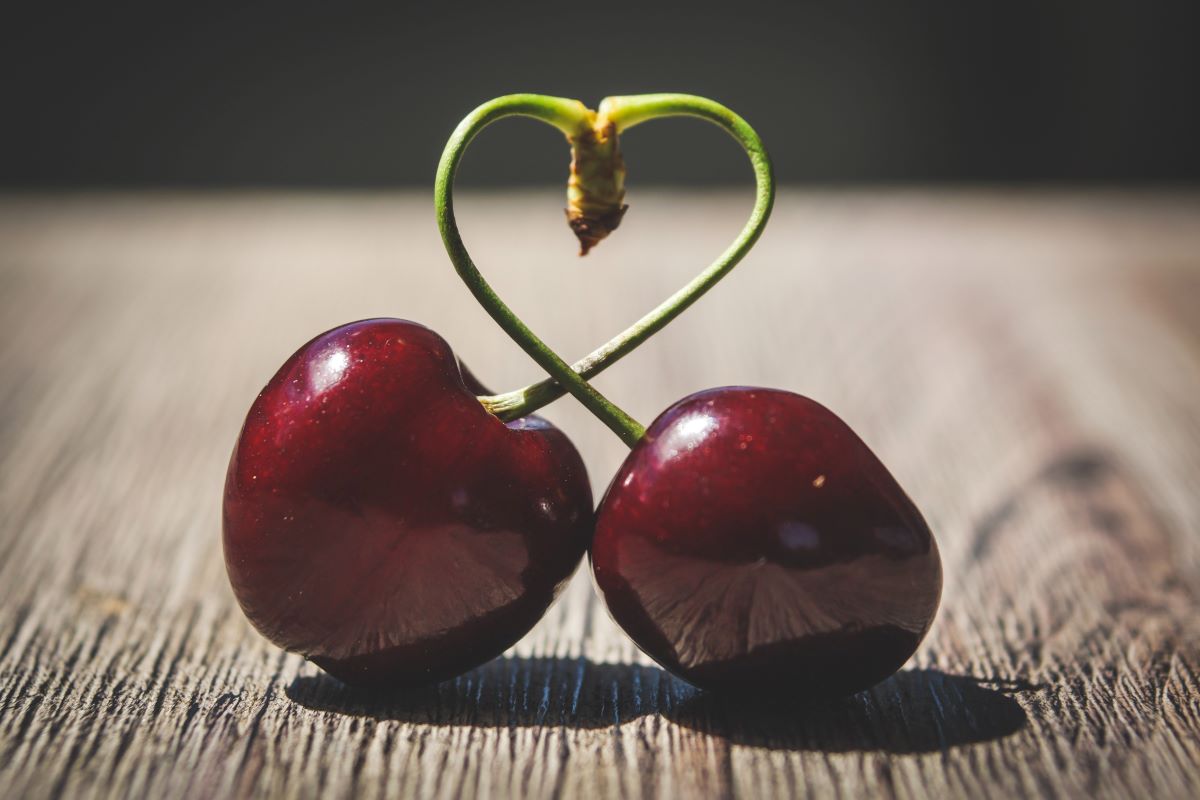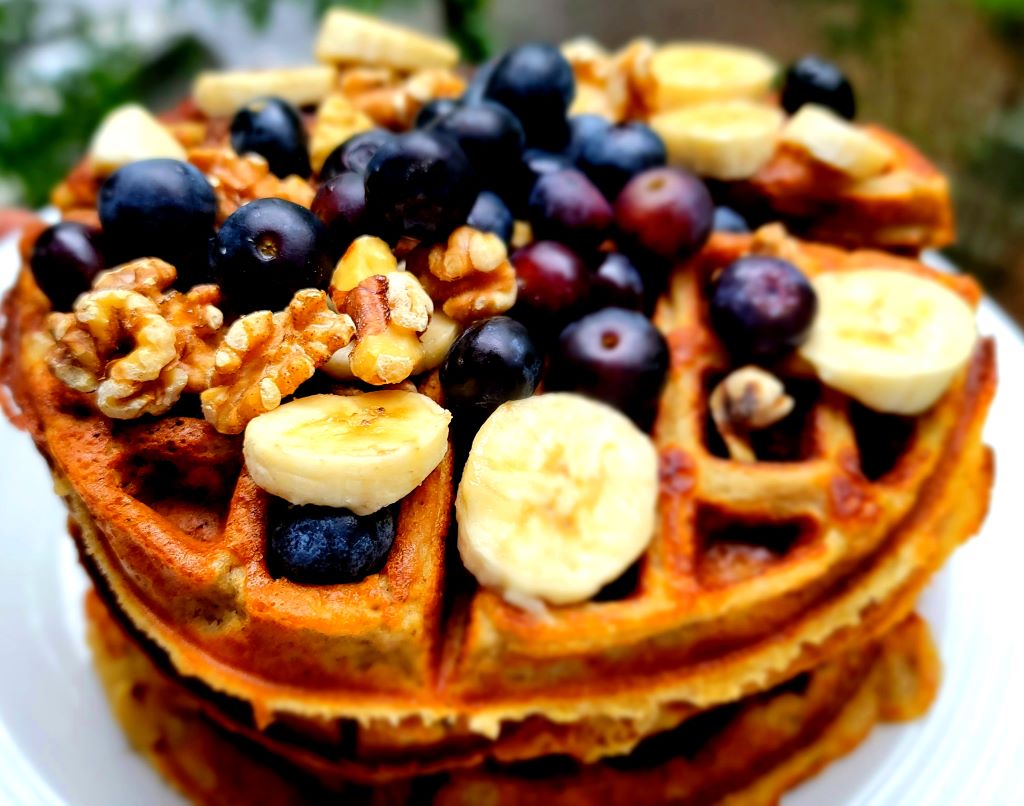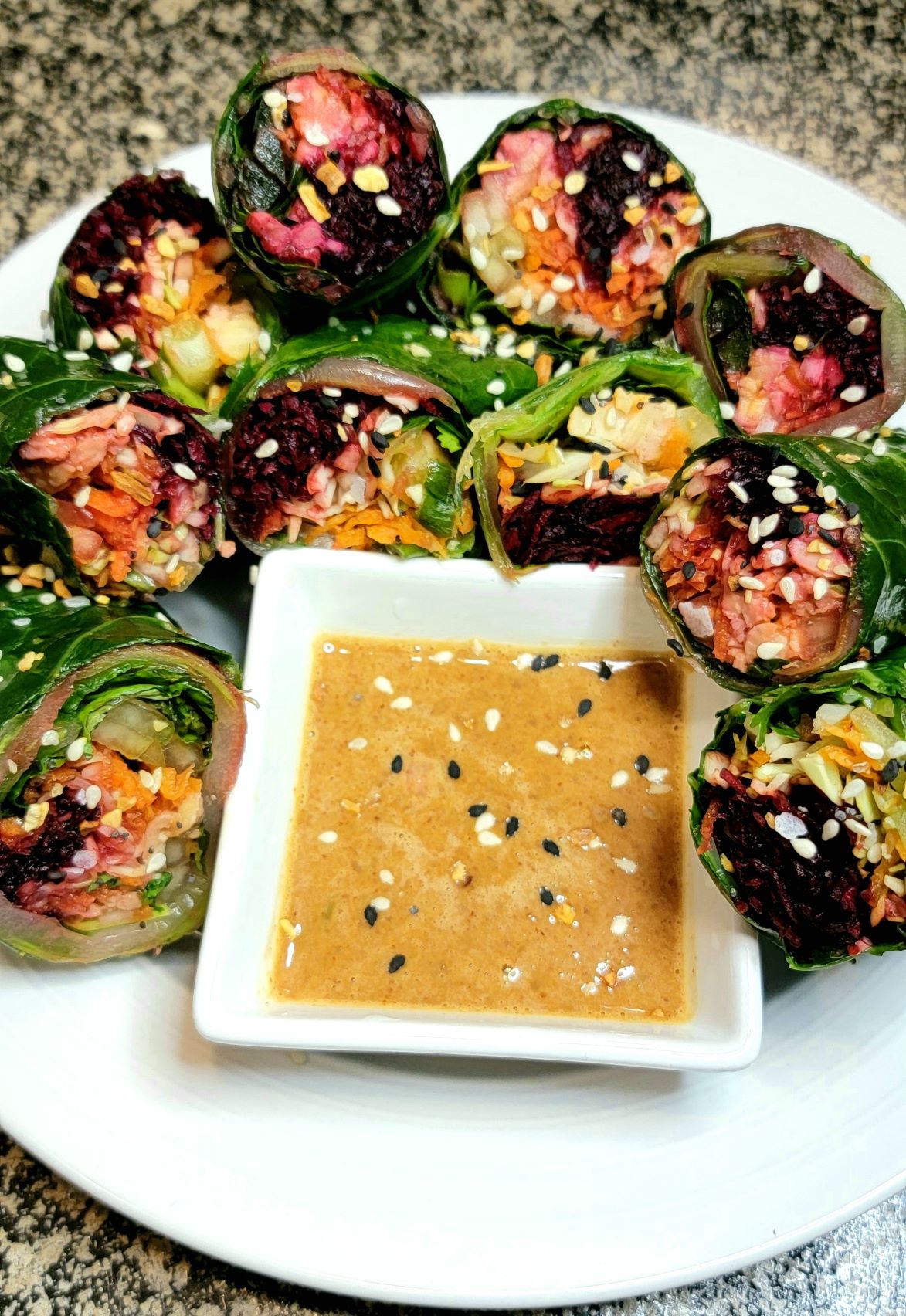If you’ve ever done a Google search on how to eat vegetables consistently, you’re bound to find plenty of experts who say meal prep is the answer or others who swear by juicing.
I admit that meal prepping a whole week’s worth of vegetables has never turned me on, and I know plenty of people who don’t have juicers. But I’ve found other ways to fill up on bright, glorious greens and veggies throughout the day.
1. Eat Vegetables for Breakfast
This one’s my favorite. Eating a salad for breakfast, or vegetables like asparagus and broccoli helps to set my palate for the rest of the day. It’s like I’m sending my body a secret signal.
First, my tummy feels happy because the vegetables I’m eating aren’t causing gastrointestinal distress.
Next, my brain is humming along peacefully because it’s eating food that helps it feel clearer and calmer to face whatever is ahead.
2. Decide how you want to feel the next day.
I can always tell how my body feels by what I fed it the day before.
Am I achy or stiff? Then I might have had processed food, like crackers or chips. Am I antsy or stressed? I may not be eating enough magnesium-rich foods like quinoa and almonds that help quiet the mind.
Is my gut health leading to better bathroom breaks? I know no one wants to talk about how regular they are, but if you’re getting enough fiber from plant foods, you’re less likely to feel constipated and bloated. Also, fiber-rich foods keep you feeling full longer.
3. Write it down
I always start my day journaling. As I write down my thoughts, I also jot down what I plan to eat over the next several hours.
I might write for lunch that I want black bean tacos with a spicy chipotle sauce or for dinner–zucchini pasta with kale pesto sauce. A lot of times, I keep it simple: steamed spinach, maybe squash and roasted sweet potatoes, and I’m good to go.
By putting down a food plan on paper, I’ve discovered that I’m more likely to stick to it. It also eliminates those all too familiar take-out runs to the nearest restaurant when you’re too tired to cook.
4. Fall back on frozen.
While I love the feel of fresh vegetables and I may be one of the few people who could spend hours in the produce section at the grocery store, I always keep a stash of frozen vegetables in my freezer.
Frozen fruits and vegetables are usually picked when they’re ripe, blanched in hot water to kill bacteria, and flash-frozen to preserve nutrients.
I always keep a few bags of vegetables like cauliflower, sweet peas, and green beans on hand. Frozen vegetables can also help you save money since you don’t have to worry about throwing spoiled vegetables away.
Those are my strategies for staying plant-powered strong. What’s yours? Let me know in the comments below.
Additional Blog Posts
Feelin’ all the vibes. Boost your mood with these natural foods
Life is a rollercoaster of emotions, isn't it? We often forget that feeling mixed emotions at once is perfectly okay. Last week, I was in a unique space where I felt down and elated. I laughed at my favorite Netflix shows and felt grateful for the blessings in my...
Tasty, easy chickpea waffles
These waffles have a sweet nutty, earthy taste.Chickpea flour absorbs other flavors quite well. It's also full of fiber and protein. And here's something else to shout about: These breakfast beauties won't spike your blood sugar like waffles...
Collard green tempeh rolls with almond butter dipping sauce
I really should call this dish Pick-Me-Up collard green tempeh rolls. I was inspired to make them after ordering summer rolls at a Thai restaurant in Tampa, Florida, about a month ago. It was one of the best Thai meals E.V.E.R! Every dish I ordered was blissfully...





